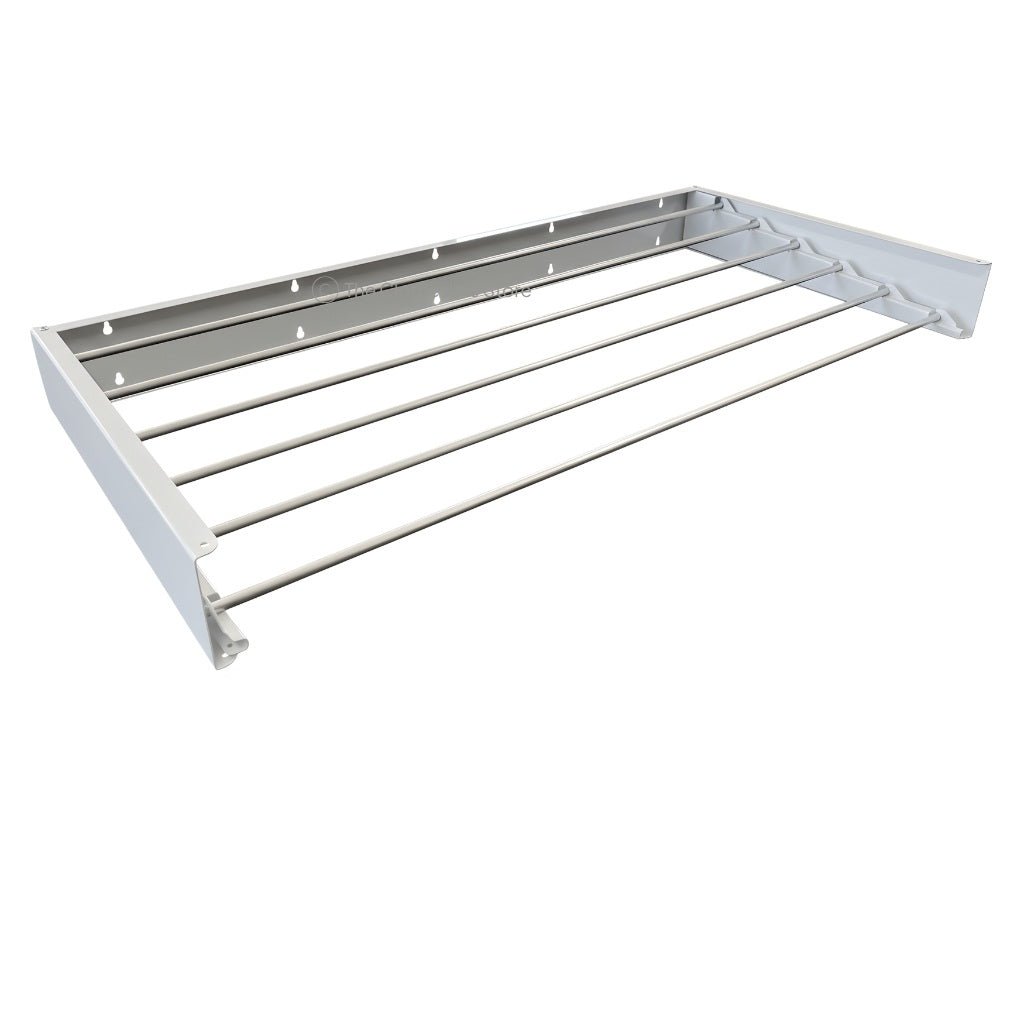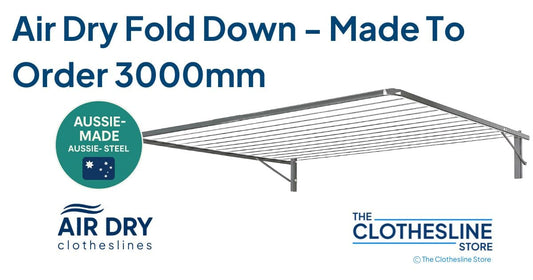
How To Tighten a Clothesline Cord: A Complete Overview
Maintaining a well-tensioned clothesline is more than just a matter of keeping things neat; it’s essential for maximising the efficiency of your laundry drying routine.
A properly tensioned clothesline not only keeps your clothes from sagging or touching the ground but also enhances drying performance and extends the lifespan of your clothesline system.
In this guide, we’ll delve into why it’s crucial to tighten your clothesline cord, explore the different types of clotheslines, and provide a few tips on how to maintain each type to ensure maximum efficiency. table of contents
The Importance of Re-Tensioning Your Clothesline Cord: A Necessity for Effective Drying
Clotheslines are a staple in many households, often taken for granted when it comes to maintenance.
Over time, even the sturdiest clothesline can start to sag or droop. Regular re-tensioning is a simple fix to keep the line tight and can significantly improve performance and prolong the life of your clothesline.
Effective Drying

A well-tensioned clothesline is key to ensuring that your clothes hang straight and evenly. When the cord is loose, clothes tend to sag, which can cause them to touch the ground.
This not only leads to uneven drying but also increases the risk of dirt contamination.
By keeping your clothesline cord taut, you help keep clothes elevated and exposed to the sun and air, speeding up the drying process and making your laundry routine more efficient.
Preventing Clothes from Touching the Ground

One of the most common issues with a sagging clothesline is that clothes can drag on or touch the ground.
This not only risks dirt and debris getting onto your freshly washed laundry but can also cause wrinkling and additional wear and tear.
Ensuring your clothesline is properly tensioned reduces the likelihood of these problems and helps keep your clothes cleaner.
Improving Energy Efficiency
Efficient drying is crucial for keeping your energy bill in check. A sagging clothesline can lead to poor drying performance, potentially forcing you to use a dryer more often.
By keeping your clothesline well-tensioned, you improve airflow and drying conditions, reducing the need for supplementary drying methods and saving on energy costs.
Extending the Life of Your Clothesline
Regular maintenance, including keeping your clothesline cord tight, extends the life of your clothesline. A loose cord can cause increased deterioration on both the line and the clothesline structure.
Proper tensioning helps prevent excessive strain, maintaining the integrity of your clothesline and reducing the need for repairs or replacements.
How to Tighten Your Clothesline Cord
Before making any adjustments, it’s important to identify the type of clothesline you have and what company manufactured this, as each clothesline has its own method for tensioning.
Folding Rotary Clotheslines
These typically have a built-in tensioning system. Ensure the rotary head is open and locked into place. Loosen the line tension lock, pull the cord tight from the inner position outward, and then tighten the knob or line tensioner. Alternatively, secure the line on the arm of the outer line and tie off with a hitch knot.
Retractable Clotheslines
Newer models often feature a knob or lever for tightening the cord. Adjust the tension by pushing, pulling, or turning the knob or lever, and remember to lock it back into position afterward.
Wall-Mounted Folding Clotheslines
These often come with a tensioning mechanism or clothesline tightener along the frame. Start at the back of the line, pull the cord tight while moving forward, and use the line tensioner or secure with a loop around the arm and complete a double hitch knot.
Test the Line

After making adjustments, hang a small load of washing to check for sagging. Make further adjustments if necessary.
Regular Maintenance
Regularly check and adjust your clothesline to prevent sagging and maintain optimal performance.
Top Five Tips for Maintaining a Taut Line
Regularly Check Tension: Periodically inspect and adjust the line to keep it taut, especially after heavy use or weather changes.
Monitor Weather Impact: Adjust tension for temperature and humidity fluctuations to prevent sagging or stretching.

Inspect for Damage: Check the line for wear or fraying and replace any damaged sections to avoid further issues.
Secure Attachment Points: Ensure that the brackets or hooks holding the line are tight and in good condition.
Upgrade Components if Needed: Consider better-quality line or tensioning devices if frequent adjustments are required.
When It’s Time for a New Cord
If you’re replacing an old line or installing a new one, investing in a high-quality cord can make a significant difference.
Durable cords are designed to withstand the elements and regular use, ensuring your clothesline remains effective for longer.
Brands like Austral, Daytek and Hills offer excellent options that can enhance performance and save you money in the long run by reducing the need for frequent replacements. For more details on how to tighten clothesline cords, click here.
Conclusion

For some of us, retightening a clothesline cord can feel like we have conquered the world!
Whether you have a rotary clothesline, a retractable model, or a wall-mounted folding clothesline, understanding the importance of proper tensioning and adhering to maintenance best practices will help you achieve the best results.
By following these guidelines, and a few tips we covered along the way, you can ensure your clothesline remains reliable, efficient, and ready to handle your laundry needs for years to come.
Free Delivery of Clotheslines
At The Clothesline Store, we guarantee the fastest dispatch to ensure the quickest delivery of clotheslines, by operating our own national clothesline warehouse. Don’t take our word for it—check out our Google reviews!
As Australia’s largest private stockholder of clotheslines and accessories, we ship in-stock items the same or next business day. Unlike other retailers who rely on third-party distributors, our dedicated team handles every order directly, ensuring speed and reliability.
With our extensive range of clotheslines stored in our own clothesline warehouse and national centres, we deliver faster and more consistently.
Professional Clothesline Installation Service
If you're thinking about purchasing a new clothesline, look no further than The Clothesline Store! We offer professional clothesline installation and removal services, ensuring a hassle-free experience from start to finish. Let us take care of the setup, so you can enjoy your new clothesline without the stress. It's just one more way we make life easier for you click here to find out more!


















